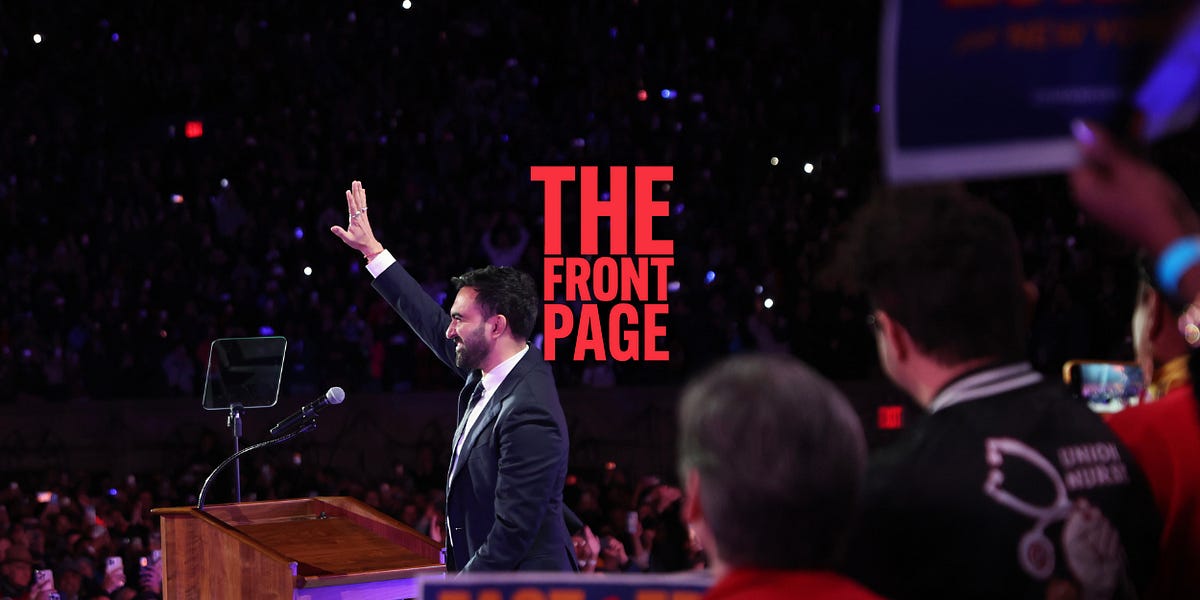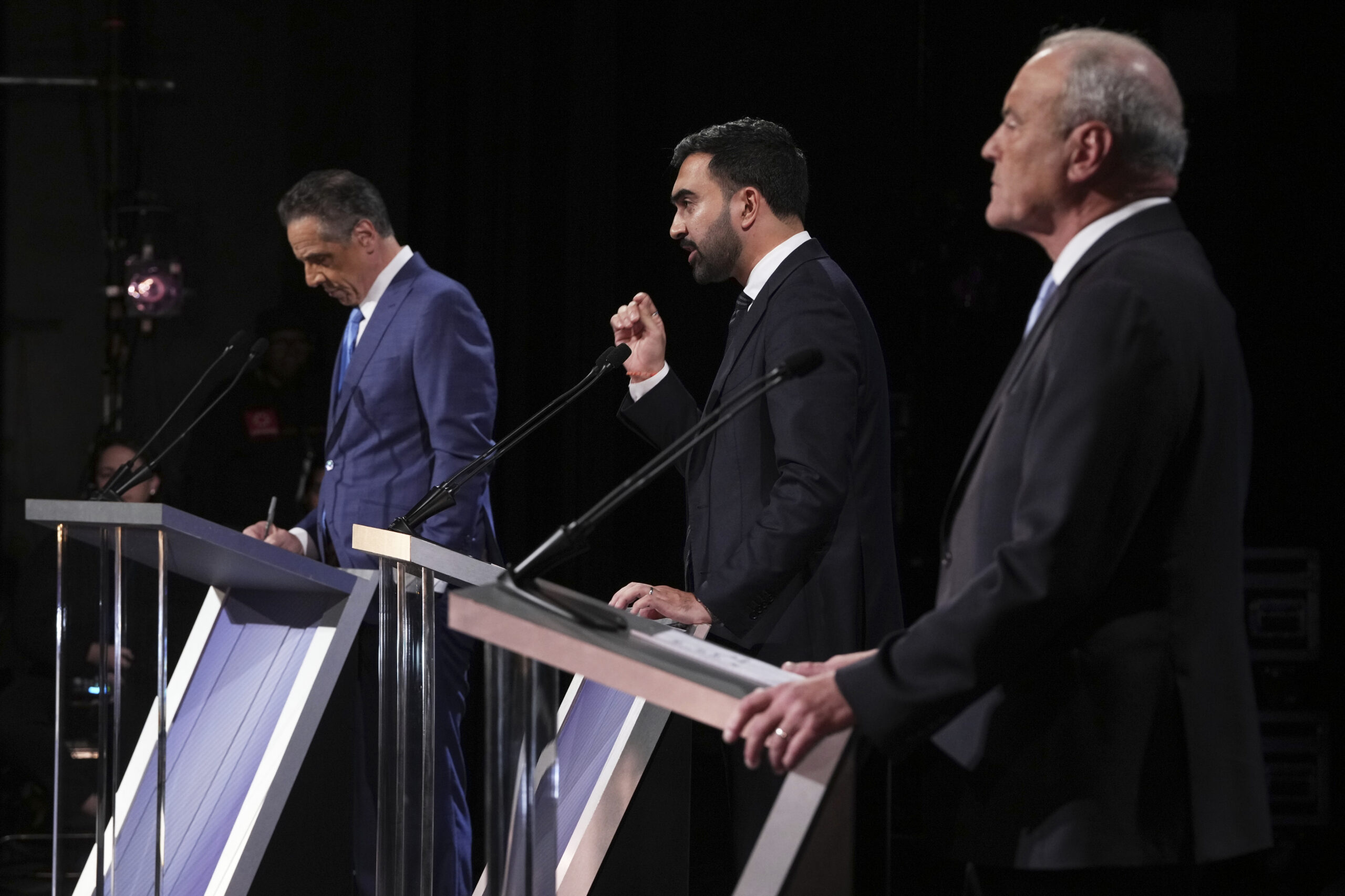Mamdani's NYC Mayoral Lead Halves Amid Steady Voter Support
Mamdani's support among likely voters in the NYC mayor's race stands at 43.8%. His lead has halved, yet his overall support remains steady.
Overview
- Candidate Mamdani currently holds 43.8% support among likely voters who were polled regarding the upcoming New York City mayoral election.
- His previously established lead in the competitive New York City mayor's race has recently been reduced by half, indicating a tightening contest.
- Despite the significant reduction in his lead, Mamdani's overall support base among the polled likely voters has remained consistent and stable.
- This polling data suggests that while the race is becoming more competitive, Mamdani retains a strong core of voter support in New York City.
- The recent survey provides a snapshot of voter sentiment, highlighting the dynamic nature of the mayoral campaign as election day approaches in NYC.
Report issue

Read both sides in 5 minutes each day
Analysis
Center-leaning sources frame this story by emphasizing Andrew Cuomo's "comeback" and "momentum," creating a narrative of a tightening race despite Zohran Mamdani's continued lead. They highlight Cuomo's gains and potential path to victory, adding "suspense" to the election. This editorial choice focuses on the dynamic shift rather than Mamdani's frontrunner status.
Articles (6)
Center (3)
FAQ
Mamdani's main opponents are independent Andrew Cuomo and Republican Curtis Sliwa. According to recent polls, Mamdani leads with 43.8–46% support, Cuomo trails with 31–34%, and Sliwa is a distant third with 11–15% among likely voters.
Mamdani's lead has halved because Andrew Cuomo has gained significant support, particularly after receiving an endorsement from outgoing Mayor Eric Adams and picking up many of Adams' former supporters, narrowing the gap between the two leading candidates.
Mamdani's strongest support comes from Democrats, Asian American voters, younger voters (18–49), and non-religious voters. Cuomo performs best among Jewish voters, while Sliwa's base is mostly Republicans.
While Sliwa is far behind, his voters—mostly Republicans—could influence the outcome, as their second-choice preferences strongly favor Cuomo over Mamdani, potentially further narrowing the gap between the two leading candidates if Sliwa's voters shift allegiance.
The general election is a three-way race, with Mamdani's current 13–15 point lead over Cuomo and Sliwa representing a significantly more competitive contest than in the primary, where Mamdani delivered an upset victory against Cuomo for the Democratic nomination.
History
- This story does not have any previous versions.



